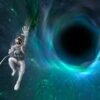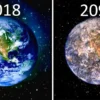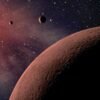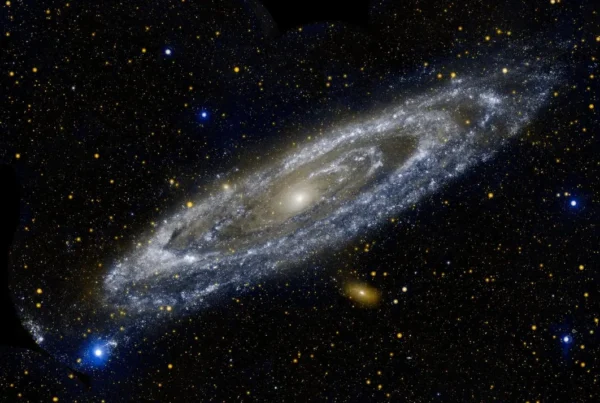When we look up at the night sky, we see stars that feel infinite. But even that breathtaking view barely scratches the surface of what’s really out there. So let’s ask the question:
How big is the universe, really?
The answer is both astonishing and humbling—because the more we learn, the more it seems the universe may be far larger than we can ever observe.
What We Can See: The Observable Universe
The observable universe is the portion we can detect with telescopes—limited by the speed of light and the age of the universe (about 13.8 billion years). But because space itself has expanded, the farthest light we can see comes from objects now 46.5 billion light-years away.
That gives the observable universe a diameter of about 93 billion light-years.
Let that sink in:
-
A single light-year is nearly 10 trillion kilometers.
-
That means the visible universe spans over 880,000,000,000,000,000,000,000 kilometers across.
And that’s just what we can see.
Beyond the Horizon
Most cosmologists believe the universe is much larger than what’s observable. Possibly:
-
Hundreds of times bigger.
-
Infinite, with no edge or boundary.
-
Containing regions we will never be able to detect, because their light hasn’t had enough time to reach us—and never will.
This means that everything humanity has ever seen—every galaxy, planet, quasar, and photon—is just a tiny fraction of the total cosmos.
Why It Matters
Understanding the size of the universe isn’t just about numbers—it’s about perspective.
It tells us:
-
We are not at the center of anything.
-
Our galaxy is one of hundreds of billions.
-
The universe is too vast to fully explore, even in theory.
And yet, from this tiny planet, we’ve managed to piece together a surprisingly clear picture of something so enormous it defies imagination.
So, How Big Is the Universe?
As far as we can tell: immense beyond comprehension.
And it may go on forever.
But maybe the more important question is this:
In a universe so vast, what else—or who else—might be out there?








